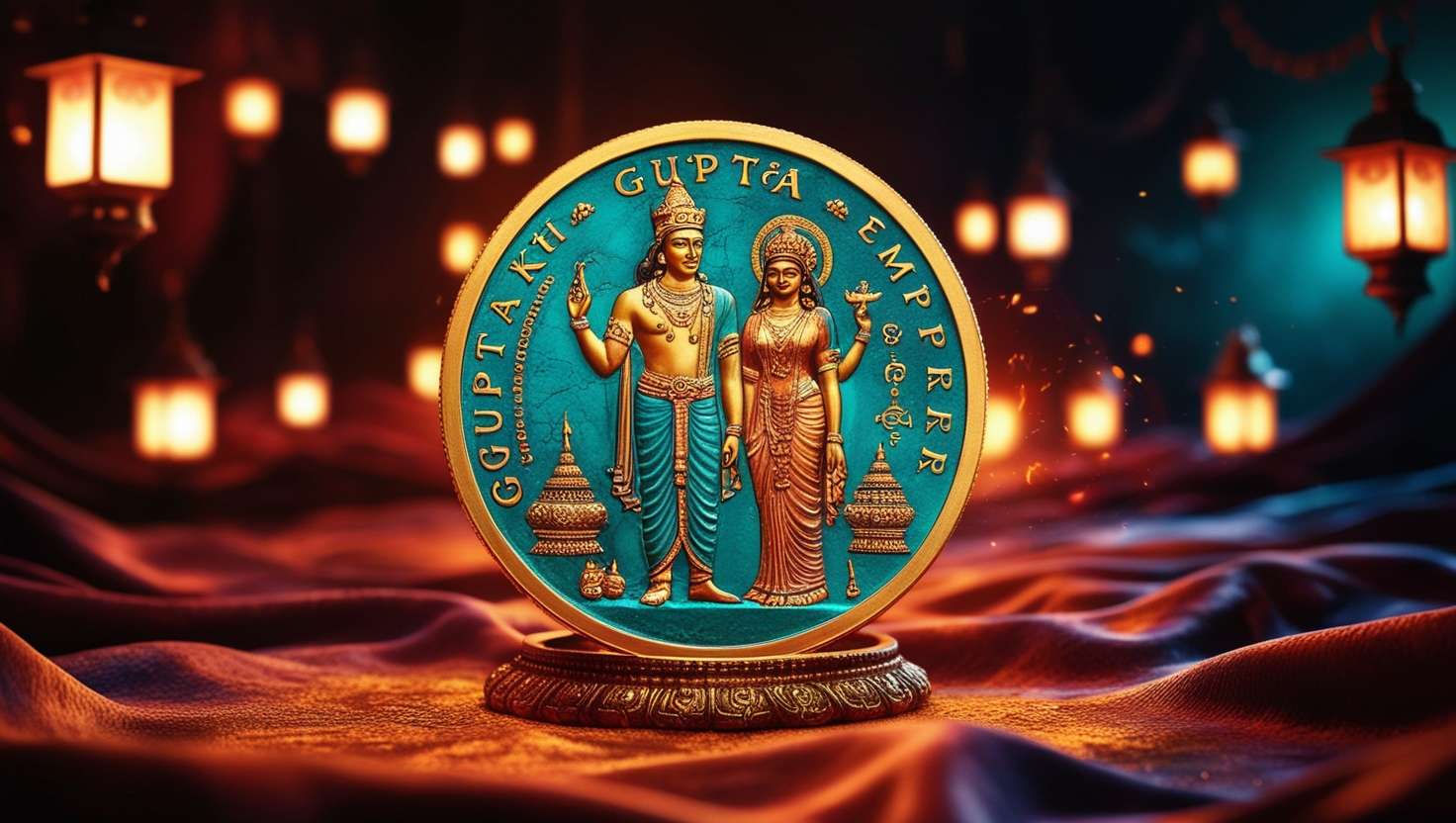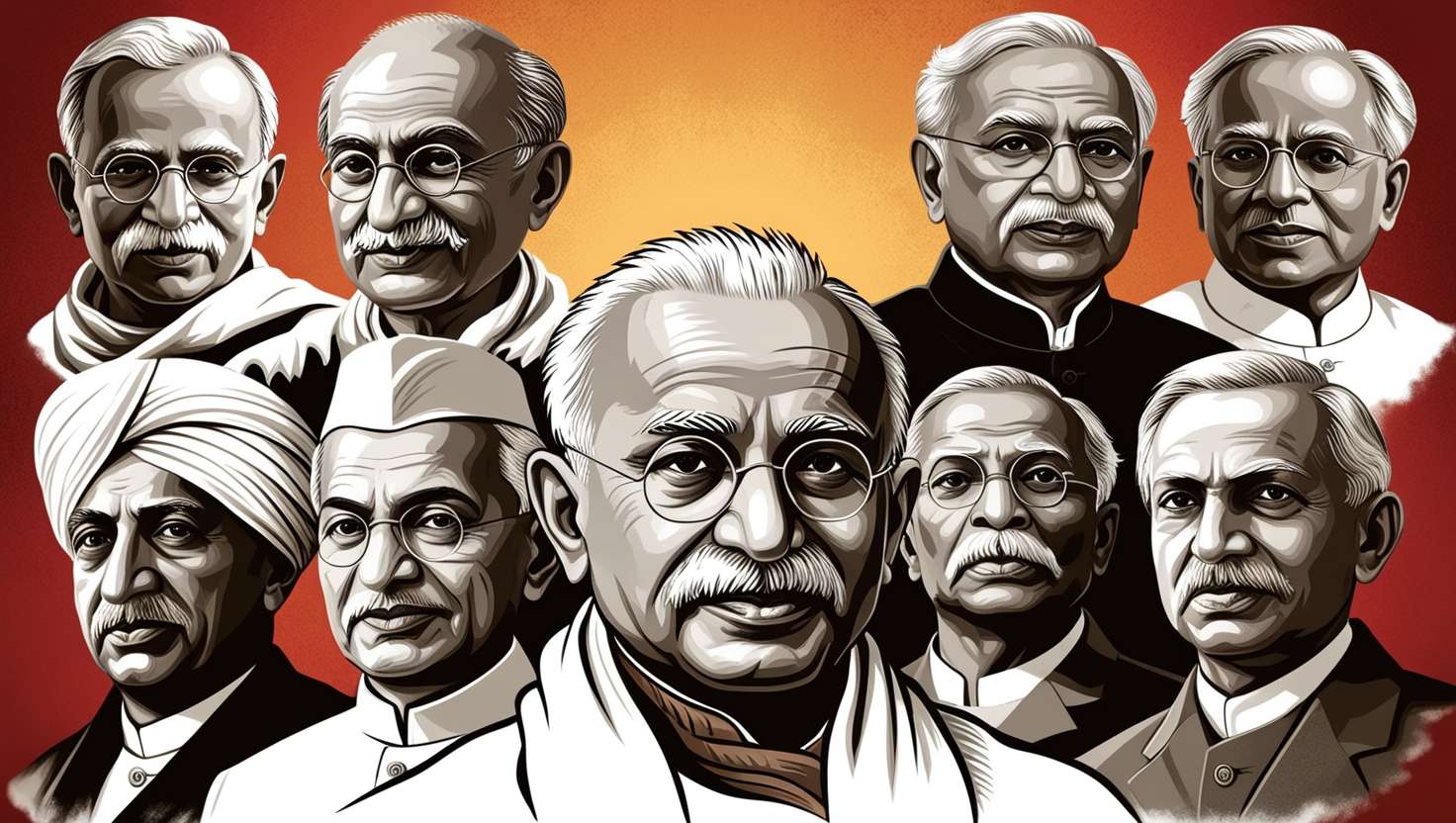Table of Contents
ToggleIntroduction
The Gupta Empire, which lasted from about 320 to 550 CE, is often called the “Golden Age of India.” This period is famous for its achievements in many areas like art, science, literature, and architecture. Under the Gupta rulers, India saw a time of great success and cultural growth. The Gupta Empire’s influence can still be seen today.
The Beginning of the Gupta Empire
The beginnings of the Gupta Empire can be traced back to Maharaja Sri Gupta. His leadership laid the foundation for what would become one of India’s greatest empires. His grandson, Chandragupta I, expanded this small kingdom into a vast empire. Chandragupta I’s strategic marriage to a Lichchhavi princess significantly increased his power and influence, which was crucial in building the empire.
Chandragupta I: Building an Empire
Chandragupta I ruled from 320 to 335 CE. He was instrumental in expanding the kingdom and establishing the foundation of the Gupta Empire. His strategic alliances and military conquests were key in consolidating his power. He assumed the title Maharajadhiraja, signifying his supreme authority and the importance of the Gupta dynasty.
Samudragupta: A Great Military Leader
Samudragupta took over leadership after Chandragupta I. Known for his military brilliance, Samudragupta expanded the empire further, making it a dominant power in the region. His numerous campaigns and victories brought extensive territories under Gupta control and established the empire as a formidable force.
Chandragupta II: Leader of the Golden Age
Chandragupta II, another significant ruler, further enhanced the empire’s prosperity. His rule is often considered the pinnacle of the Gupta Empire’s golden age. Under his leadership, the empire flourished culturally and economically. His court attracted many scholars, poets, and artists, making it a center of cultural and intellectual activity.
Art and Architecture in the Gupta Empire
The Gupta period is famous for its beautiful art and impressive architecture. The Ajanta and Ellora caves, with their detailed carvings and paintings, are great examples of Gupta art. The Dashavatara Temple at Deogarh shows the architectural skills of this time with its detailed reliefs. Gupta sculpture is known for its elegance and beauty, representing the peak of Indian art.
Scientific and Technological Advances
The Gupta Empire was a time of significant scientific progress. Aryabhata, a famous mathematician and astronomer, made many important contributions during this period. He introduced the concept of zero and calculated the value of pi with great accuracy. Medical texts from this time, like the Sushruta Samhita, show the advanced knowledge of surgery and medicine.
Literature Flourishes
Sanskrit literature reached new heights during the Gupta Empire. Kalidasa, one of India’s greatest poets and playwrights, wrote timeless works like “Shakuntala” and “Meghaduta.” The Gupta rulers supported learning and literature, creating an environment where scholars could thrive. The literary achievements of this era are still celebrated for their poetic beauty and depth.
Economic Success
The Gupta Empire’s economic success was based on agriculture, trade, and a stable government. The empire’s central location helped it become a key player in trade routes connecting India with Southeast Asia, the Middle East, and the Roman Empire. Gupta coins, made of gold and silver, show the economic stability and prosperity of the period.
Social Structure and Daily Life
Life in the Gupta Empire was organized into a hierarchical structure, yet it allowed for movement based on merit and achievements. Joint families were common, and agriculture was the main source of livelihood in rural areas. Urban centers thrived with bustling markets and a rich cultural life.
Religion and Philosophy
Hinduism was the main religion during the Gupta Empire, but other religions like Buddhism and Jainism also flourished. The Gupta rulers supported various religions, which led to a diverse and tolerant society. This religious diversity influenced the art and literature of the time, reflecting a mix of religious and philosophical ideas.
The Fall of the Gupta Empire
The decline of the Gupta Empire started in the late 5th century. Internal conflicts, weak rulers, and invasions by the Huns led to the empire’s downfall. By the mid-6th century, the Gupta Empire had broken up into smaller kingdoms, marking the end of the golden age.
The Legacy of the Gupta Empire
Even though the Gupta Empire fell, its legacy lives on. The advancements made during this period have had a lasting impact on Indian culture and beyond. The Gupta Empire is remembered as a time of great progress in art, science, literature, and governance. Its contributions have shaped the cultural and scientific foundations of India.
Conclusion
The Gupta Empire’s golden age is a shining example of cultural and intellectual achievements in ancient India. Its legacy is a testament to the empire’s contributions to the world’s heritage. By learning about the history and accomplishments of the Gupta Empire, we can appreciate a period that played a crucial role in shaping India’s cultural and scientific landscape.
Here are the key points to remember:
- Foundation: The Gupta Empire was established by Maharaja Sri Gupta, with significant expansion by Chandragupta I.
- Art and Architecture: The Gupta period is known for its beautiful art and impressive architecture, such as the Ajanta and Ellora caves.
- Scientific Advances: Significant progress in various scientific fields, with notable contributions in mathematics, astronomy, and medicine.
- Literature: Flourishing of Sanskrit literature, with notable contributions from poets like Kalidasa.
- Economic Stability: A robust economy supported by agriculture, trade, and a stable governance system.
- Social Structure: A hierarchical yet flexible social structure that allowed for social mobility based on merit.
- Religious Tolerance: A diverse and tolerant society with support for various religions.
- Decline: The empire began to decline in the late 5th century due to internal conflicts and external invasions.
- Lasting Legacy: The Gupta Empire’s advancements in art, science, and culture have left a lasting impact on Indian history.




0 thoughts on “The Golden Age of the Gupta Empire”